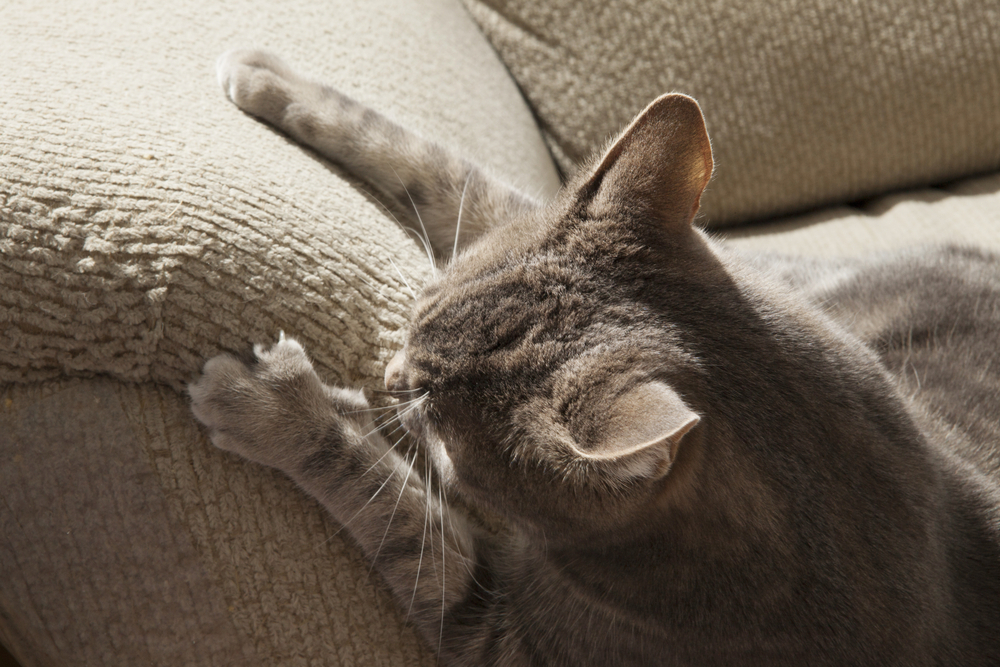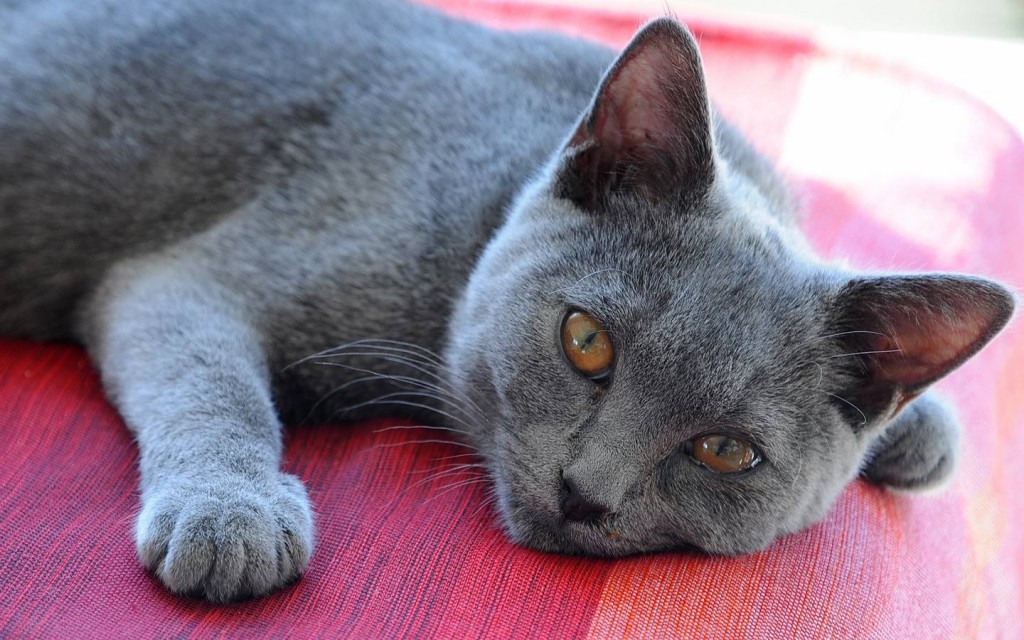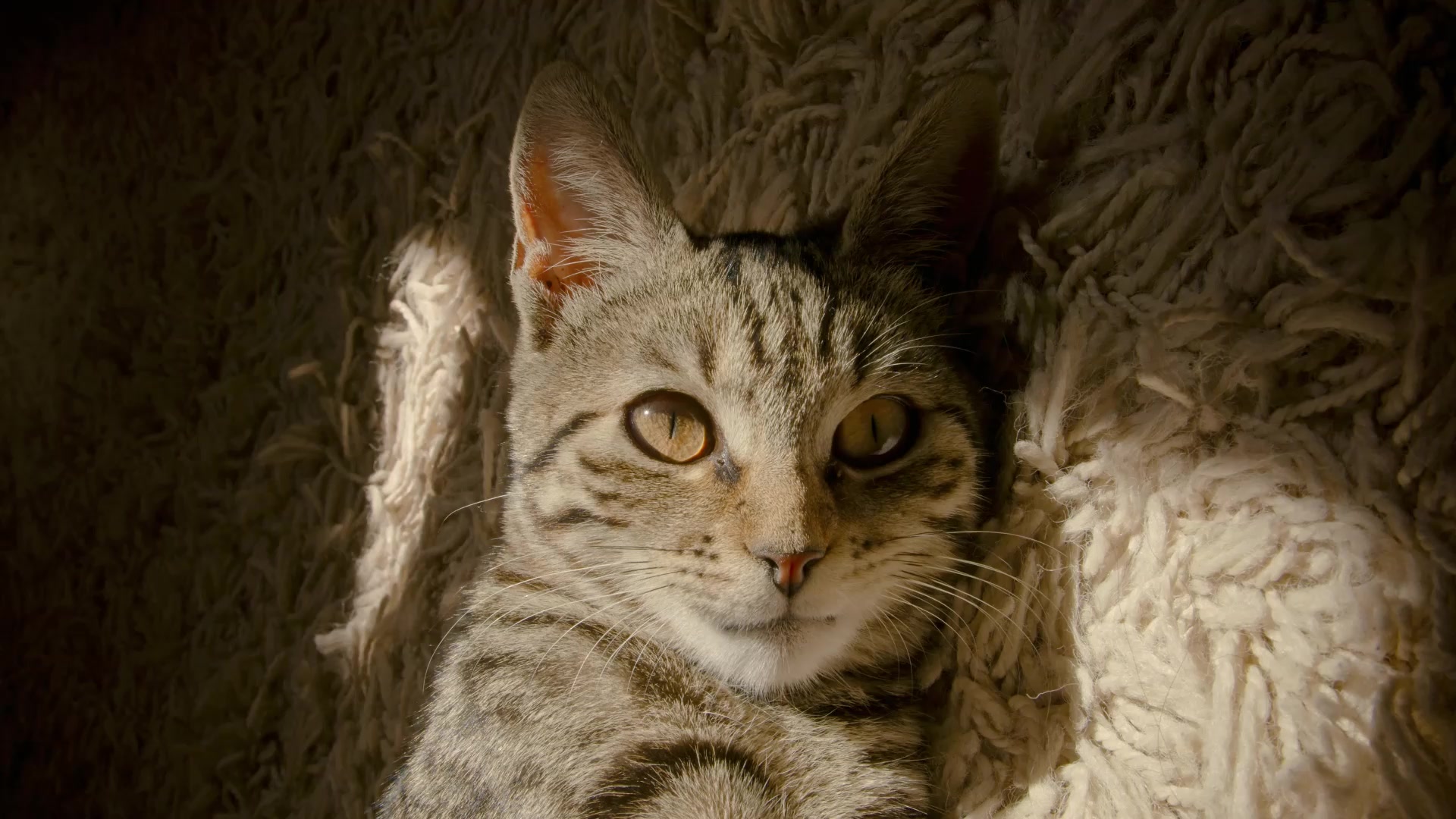Causes of Deafness in Cats
Age-Related Deafness

Cats can suffer from various forms of deafness, which can be caused by a range of factors including genetics, age, and certain health conditions.
Causes of Deafness in Cats
There are several causes of deafness in cats, which can be categorized as follows:
Genetic Predisposition: Some cat breeds, such as the Siamese and Abyssinian, are more prone to congenital deafness due to their genetic makeup.
Aging: Age-related hearing loss is a common cause of deafness in older cats. As cats age, their ears’ ability to detect sound waves declines, leading to gradual hearing loss.
Infectious Diseases: Certain bacterial and viral infections, such as otitis media or feline leukemia virus (FeLV), can lead to deafness in cats.
Head Trauma: A severe head injury can cause damage to the auditory nerve or eardrum, leading to permanent hearing loss in cats.
Medications and Toxins: Certain medications, such as antibiotics or anesthetics, and toxins like pesticides can damage the inner ear and cause deafness in cats.
Age-Related Deafness in Cats
Cats over 5 years of age are more prone to age-related hearing loss. As they get older, their hearing abilities decline gradually due to the following factors:
Wax Buildup: The eardrum and ear canal can become clogged with wax and debris, reducing sound wave transmission.
Auditory Nerve Degeneration: Age-related wear and tear on the auditory nerve can lead to reduced hearing sensitivity.
Hair Cell Loss: As cats age, their inner ear hair cells, responsible for transmitting sound waves to the brain, may degenerate or die.
Early detection of deafness in cats is crucial, as it allows pet owners and veterinarians to take necessary steps to mitigate the effects and improve the cat’s quality of life. Regular hearing checks, proper ear care, and addressing underlying health conditions can help manage age-related deafness and ensure the cat receives optimal care.
Deafness can occur in cats as early as six months or later in life, due to a natural aging process affecting their hearing nerve.
The causes of deafness in cats are varied and can be broadly categorized into congenital, acquired, and age-related factors.
Congenital Deafness
Congenital deafness occurs when a cat is born with an underdeveloped or abnormal cochlea, the spiral-shaped structure responsible for sound processing in the inner ear.
This type of deafness can be due to genetic factors or exposure to certain toxins during fetal development.
Acquired Deafness
Acquired deafness, on the other hand, is a result of environmental or lifestyle-related factors that can lead to damage to the ear or auditory nerve over time.
Infections such as middle ear infections (otitis media) or inner ear infections (labyrinthitis) can cause acquired deafness in cats.
Other causes of acquired deafness include head trauma, exposure to loud noises, certain medications, and aging-related degeneration of the auditory nerve.
3. Age-Related Deafness
Cats as early as six months or later in life can develop age-related deafness due to a natural aging process affecting their hearing nerve.
This type of deafness is often associated with other age-related health issues and can be more common in older cats.
4. Other Causes of Deafness in Cats
In addition to the above categories, there are several other potential causes of deafness in cats that are worth mentioning:
Certain breeds such as white or albino cats are more prone to congenital deafness.
Ear mites and ear infections can contribute to acquired deafness in cats.
It is essential to consult with a veterinarian if you suspect that your cat may be experiencing hearing loss, as timely diagnosis and treatment can greatly impact their quality of life.
Research by the American Animal Hospital Association (AAHA) suggests that age is a significant risk factor for deafness in felines.
Causes of Deafness in Cats
The exact causes of deafness in cats are not fully understood and can be due to various factors.
Here are some possible reasons why a cat may become deaf:
Genetic Factors: Some breeds, such as white cats with blue eyes, are more prone to deafness due to their genetic makeup. This is because they lack melanocytes in the inner ear, which can cause damage and lead to hearing loss.
Age: As mentioned earlier, age is a significant risk factor for deafness in felines. The AAHA research suggests that older cats are more likely to experience hearing loss due to age-related degeneration of the auditory nerve or inner ear structure.
Diseases and Infections:
Ear Mites: Ear mites can cause discomfort and lead to secondary infections, which can result in deafness if left untreated. Regular cleaning of the ears and prompt treatment of any ear problems can help prevent this.
Middle-Ear Disease:
Inflammation or infection of the middle ear can cause hearing loss in cats. Middle-ear disease is often caused by bacterial infections, and prompt treatment with antibiotics is essential to prevent permanent damage.
Other Causes:
Certain Medications: Certain medications, such as non-steroidal anti-inflammatory drugs (NSAIDs) or antibiotics, can cause temporary or permanent hearing loss in cats.
Symptoms of Deafness in Cats
Lack of Response
Cats are known for their agility and sharp senses, but just like humans, they can also suffer from hearing loss or deafness due to various reasons. Recognizing the symptoms of deafness in cats is crucial for providing them with proper care and treatment.
One of the most common signs of deafness in cats is a lack of response to sounds that would normally elicit a reaction, such as loud noises, calls from their owners, or even the sound of food being opened. If your cat doesn’t respond to these stimuli, it could be a sign that they have lost some or all of their hearing.
Another symptom is difficulty responding to commands, especially those that rely on auditory cues. For instance, if you call out your cat’s name and don’t receive an immediate response, it could indicate deafness.
Cats who are experiencing hearing loss may also exhibit behavioral changes such as increased anxiety or irritability due to their inability to respond to external stimuli. They may become more aggressive or withdrawn, especially in situations where they rely heavily on auditory cues, such as during mealtimes or playtime.
Additionally, deaf cats may be more likely to collide with objects or people, as they are unable to detect the sounds that would normally alert them to their surroundings. This can lead to injuries and accidents if not addressed promptly.
Puppies and kittens are especially susceptible to congenital hearing loss due to genetic factors, infection during pregnancy, or other prenatal complications. It’s essential for cat owners to monitor their pets’ behavior closely during the early stages of development for signs of potential deafness.
Older cats may also develop age-related hearing loss, which can be a result of gradual damage to the auditory nerve or inner ear structures. Chronic conditions such as otitis media (inflammation of the middle ear) can lead to progressive hearing loss in felines.
In some cases, deafness in cats can be caused by external factors such as loud noises, exposure to certain toxins, or even infections like herpesvirus. Identifying and addressing these underlying causes is crucial for preventing further damage and ensuring the best possible outcomes for your pet.
Fortunately, there are various treatments available to address deafness in cats, including medication, surgery, and behavioral modification techniques. Consulting with a veterinarian can help you determine the most effective course of treatment based on the severity and cause of your cat’s hearing loss.
One key sign of deafness in cats is a lack of response to their name, toys, or other sounds.
Cats can experience hearing loss due to various factors such as age-related decline, exposure to loud noises, or genetic predisposition.
Identifying deafness in cats can be challenging, but there are several symptoms that may indicate a problem with their hearing.
One key sign of deafness in cats is a lack of response to their name, toys, or other sounds. This means if you call your cat’s name and they don’t come or react, it could be an indication of hearing loss.
If your cat doesn’t respond to sudden noises like a can opener, loud music, or other startling sounds, this might indicate that they are experiencing some degree of deafness.
Deaf cats may also display behaviors such as staring blankly when spoken to, failure to react to visual stimuli like birds outside the window, or confusion in situations where hearing would normally guide their actions.
Cats with significant hearing loss may appear more cautious or anxious due to an inability to respond to potential threats or detect familiar sounds that signal their owner’s presence.
Another notable sign is when a deaf cat displays no reaction to certain stimuli that usually provoke an emotional response in them, such as the sound of a vacuum cleaner or other loud appliances.
In older cats, it may take longer for them to pick up on sounds or commands due to age-related hearing loss, making regular interactions essential for detection and intervention.
Consultation with a veterinarian is crucial if you suspect your cat has some degree of deafness. A professional diagnosis can be made using a BAER test (Brainstem Auditory Evoked Response) and other diagnostic methods to determine the extent of the hearing loss and recommend appropriate treatment or management strategies.
A study by the University of California, Davis found that older cats are more likely to exhibit this symptom.

Cats can experience hearing loss due to a variety of reasons, and it’s essential for pet owners to recognize the symptoms to provide their feline friends with proper care.
The University of California, Davis conducted a study that found older cats are more prone to deafness.
However, age isn’t the sole determining factor; other factors can contribute to hearing loss in cats, including:
Congenital or inherited conditions
Bacterial or viral infections (e.g., middle ear infection)
Age-related hearing loss (presbycusis)
Exposure to loud noises (e.g., fireworks, construction)
Middle or inner ear diseases (e.g., otosclerosis, Ménière’s disease)
Some common symptoms of deafness in cats include:
No response to their name being called
Not reacting to familiar sounds (e.g., food can opener, toys)
Lack of interest in playtime or interacting with surroundings
Taking longer than usual to locate their owner or respond to commands
Increased sensitivity to touch or movement (due to overcompensating for lack of auditory cues)
It’s crucial for cat owners to consult a veterinarian if they suspect their feline companion is experiencing hearing loss. A comprehensive examination, along with diagnostic tests (e.g., tympanometry, otoscopy), can help determine the underlying cause and guide the best course of treatment.
Depending on the severity and underlying cause of deafness in cats, various treatments may be recommended by a veterinarian, such as:
Prescription medications (e.g., antibiotics for infections)
Therapy to manage anxiety or stress related to hearing loss
Assistive devices (e.g., flashing lights, vibrations) to help the cat communicate more effectively
Environmental adjustments (e.g., reducing noise levels)
Cat owners can also take steps to support their deaf or hard-of-hearing feline friend by using visual cues and gestures, providing a quiet environment for rest and relaxation, and being patient with their communication needs.
Treatments and Management for Deafness in Cats
Communication Strategies
Treatments and management options for deafness in cats depend on the underlying cause and severity of the condition. If the deafness is caused by a treatable medical issue, such as an ear infection or an inner ear problem, treatment may involve antibiotics or anti-inflammatory medications to address the underlying condition.
However, if the deafness is congenital or permanent, there are still ways to manage and adapt to it. One of the most important steps is to ensure the cat’s safety and well-being. This can involve removing hazards from the environment, such as loose wires or toxic substances, and providing a quiet and comfortable space for the cat to rest.
Communication with a deaf cat requires creative strategies. Some owners use hand signals, body language, and visual cues to communicate with their cats. For example, they may use a specific hand signal to indicate feeding time or bedtime. It’s also essential to watch the cat’s body language and behavior to understand their needs and emotions.
Cats that are deaf may require more patience and attention from their owners, especially when it comes to training and socialization. Positive reinforcement techniques, such as clicker training, can be effective in teaching new behaviors and reinforcing desired ones. Consistency and repetition are key when communicating with a deaf cat.
In addition to these strategies, many deaf cats adapt surprisingly well to their condition and can lead happy and fulfilling lives with their owners. With patience, love, and attention, it’s possible to build a strong bond with a deaf cat and provide them with the care and companionship they deserve.
Cats can still be wonderful companions even if they’re deaf; owners can use hand signals and visual cues to communicate effectively.
Cats can be wonderful companions even if they’re deaf, and with the right approach to communication and care, they can lead happy and fulfilling lives.
Here are some key points to consider when it comes to managing deafness in cats:
The most common cause of deafness in cats is age-related degeneration or sensory neuron loss. As a cat ages, the auditory nerves and hair cells in the ear may deteriorate, leading to hearing loss.
Another common cause of deafness in cats is inner ear infections, which can be caused by bacterial or viral infections.
Genetic factors can also play a role in deafness in cats. Some breeds, such as the Sphynx and Cornish Rex, are more prone to deafness due to their genetic makeup.
Fortunately, there are various treatments and management strategies that can help cats with deafness thrive:
Consultation with a veterinarian: The first step in managing deafness in cats is to consult with a veterinarian who has experience with feline otology (the study of ear disorders). A veterinarian can assess the cat’s hearing and rule out any underlying medical conditions.
Use of visual cues: As you mentioned, owners can use hand signals and visual cues to communicate effectively with their deaf cats. This may include using a whistle or other noise-making device that the cat has learned to associate with attention or treats.
Vocal training: Some trainers recommend vocalizing regularly to your cat, so they become accustomed to the sound of your voice and can eventually respond to it even if they’re deaf.
Environmental modifications: Making some adjustments to the environment can help cats with deafness navigate more easily. For example, placing food and water bowls in a quiet area or using a bell on the door to signal mealtime can be helpful.
It’s essential to remember that each cat is an individual, and what works for one cat may not work for another.
With patience, love, and the right management strategies, your deaf cat can still enjoy a happy and fulfilling life as a beloved companion.
The American Society for the Prevention of Cruelty to Animals (ASPCA) recommends using positive reinforcement training methods to help cats adjust to their new situation.

Cats can experience deafness due to various reasons such as age-related hearing loss, ear infections, trauma, genetics, or exposure to loud noises.
Identifying deafness in cats can be challenging as they do not exhibit the same behaviors as humans when experiencing hearing difficulties.
Cat owners should look for signs such as failure to respond to familiar sounds like food cans opening or their name being called, increased sensitivity to touch and movement, and changes in behavior.
Age-related deafness typically affects older cats, with most cats starting to lose their hearing between 12-15 years of age.
Cats can experience two types of deafness: sensorineural (SN) or conductive hearing loss.
Positive reinforcement training is recommended by the ASPCA to help cats adjust to their new situation and learn to communicate effectively with their owners.
This type of training focuses on rewarding desired behaviors such as following commands, responding to hand signals, and interacting with the environment in a way that works for them.
For example, an owner can use visual cues like hand signals or flashing lights to get their cat’s attention or guide them towards food or toys.
Environmental changes also play a crucial role in helping deaf cats adapt.
Cats with hearing loss often benefit from reduced noise levels and increased light levels, which allows for easier navigation and communication.
Removing unnecessary stressors like loud music or excessive pet traffic can also help create a more comfortable environment.
In addition to positive reinforcement training, cat owners can also make use of assistive devices such as flashing doorbells, vibration signals, and even visual alert systems for feeding times.
While there is no cure for hearing loss in cats, managing deafness with the right combination of training, environmental modifications, and assistive technology can greatly improve their quality of life.
It’s also essential to provide regular veterinary check-ups to monitor overall health and address any related complications that may arise from age-related or other types of deafness.
By providing the necessary support and accommodations, cat owners can help their deaf pets lead happy, healthy lives.
- Best LeadsGorilla Alternatives for 2025 - April 19, 2025
- Best Coldlytics Alternatives for 2025 - April 19, 2025
- Best Brevo Alternatives for 2025 - April 18, 2025



